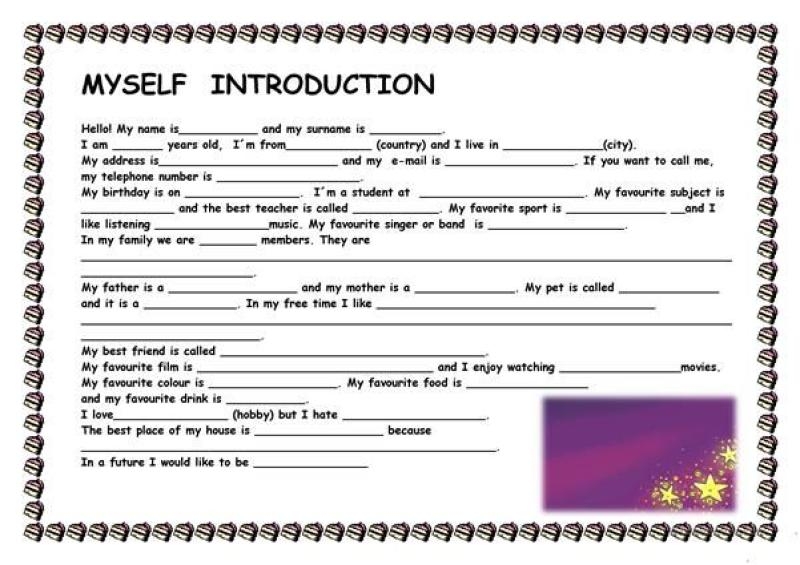When it comes to writing, one of the common mistakes that people make is the incorrect use of pronouns such as “me,” “myself,” and “I.” Understanding when to use each of these pronouns is essential for clear and effective communication. Let’s explore the proper usage of these pronouns in the English language.
Using “me,” “myself,” and “I” correctly can make a significant difference in the clarity and professionalism of your writing. It is essential to know when to use each pronoun to convey your message accurately and effectively.
Me: The pronoun “me” is used as an object in a sentence. It is the recipient of an action or the object of a preposition. For example, “She gave the book to me.” In this sentence, “me” is the object of the preposition “to.”
Myself: The pronoun “myself” is a reflexive pronoun that should only be used when the subject and object of a sentence are the same person. For example, “I baked the cake myself.” In this sentence, “myself” emphasizes that the speaker performed the action without any help.
I: The pronoun “I” is used as the subject of a sentence. It is the person who is performing the action. For example, “I went to the store.” In this sentence, “I” is the subject who went to the store.
By understanding the proper usage of “me,” “myself,” and “I,” you can improve the clarity and professionalism of your writing. Avoiding common errors with these pronouns will help you communicate more effectively and confidently in your writing.
Next time you are writing a sentence, pay attention to the pronouns you use and make sure you are using “me,” “myself,” and “I” correctly. Practice makes perfect, so continue to refine your writing skills and strive for clear and concise communication.
In conclusion, mastering the usage of “me,” “myself,” and “I” is essential for effective communication. By understanding when to use each pronoun correctly, you can enhance the clarity and professionalism of your writing. Remember to practice and pay attention to the pronouns you use in your sentences to ensure clear and effective communication.
